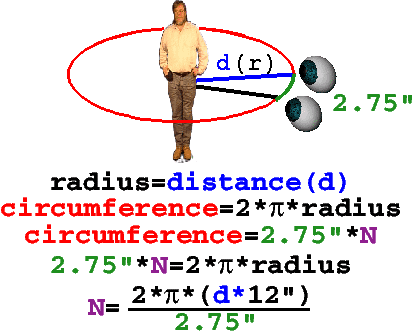

5 feet requires 137 images 10 feet requires 274 images 15 feet requires 411 images 20 feet requires 548 images 25 feet requires 685 images 30 feet requires 823 images 35 feet requires 960 images 40 feet requires 1097 images 45 feet requires 1234 images 50 feet requires 1371 images 55 feet requires 1508 images 60 feet requires 1645 images 65 feet requires 1782 images 70 feet requires 1919 images 75 feet requires 2056 images 80 feet requires 2193 images 85 feet requires 2330 images 90 feet requires 2468 images 95 feet requires 2605 images 100 feet requires 2742 images